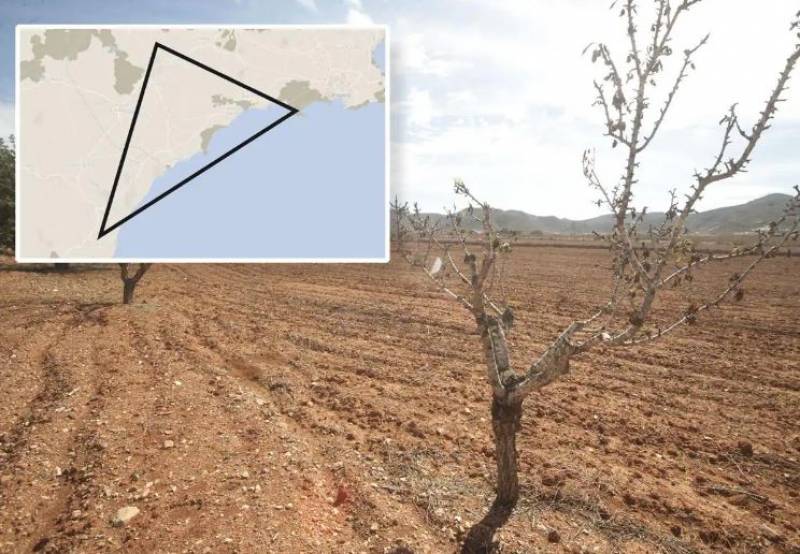Date Published: 11/03/2024
Rain-free corner of Murcia named the driest spot in Europe
ARCHIVED ARTICLE -
Cartagena, Lorca and Águilas have experienced the least amount of rainfall in the last five months
This area has experienced the least amount of rainfall, by far, over the past five months. The hydrological year began in October 2023 and has been marked by extreme weather patterns, according to Víctor Ruiz Álvarez, a geography professor at the University of Sevilla. He explained that the Region has been experiencing a rollercoaster of extreme rainfall and dry spells since the spring of 2022.
The main cause of the drought is the prevailing west winds, which have brought little rain to the Region due to the blocking force of the Baetic mountain range. This has resulted in a significant decrease in rainfall in certain areas, such as the triangle formed by Sierra de Cabrera, Guadalentín and Cabo Tiñoso in
Cartagena.
Arroyo Frío, in
Jaén, has received the most rainfall locally, with 751 litres per square metre falling since October. However, just 120 kilometres away, Pozo de la Higuera in Lorca has been doused by just 4.9 litres, making it one of the driest places in Europe.
Other nearby areas, such as El Portús, Águilas and Pulpí, have also experienced extremely low levels of rainfall. That’s because coastal and pre-coastal mountain systems in the Region, including the Almenara and Moreras mountain ranges, have created a barrier that prevents storms from reaching these parts, resulting in even drier conditions.
Today, the most affected areas are Campo de Cartagena and Valle del Guadalentín.
Mr Ruiz Álvarez warns that global warming is causing an increase in the frequency of dry spells in the region, with the wettest periods becoming shorter and more intense. The current period of lack of rain is not yet the driest the Region has ever known, but it is the start of the driest hydrological year in the basin of the Segura River since records began.
The longest and most intense period of drought in the Region of Murcia occurred between October 2013 and November 2016, and experts fear that the current drought could become equally severe. To mitigate the situation, a pocket of cold air in the form of DANA, which can bring precipitation to the area, would be necessary.
Residents and farmers in the Region are, of course, feeling the effects of the drought. Parched fields are producing smaller and smaller harvests, pushing prices up and agricultural workers to breaking point.
“The next few months will determine the magnitude of this drought, especially due to the behaviour of spring, which we hope will be wet as in recent years,” the scientist concluded.
Image: FrostSE
article_detail

|










